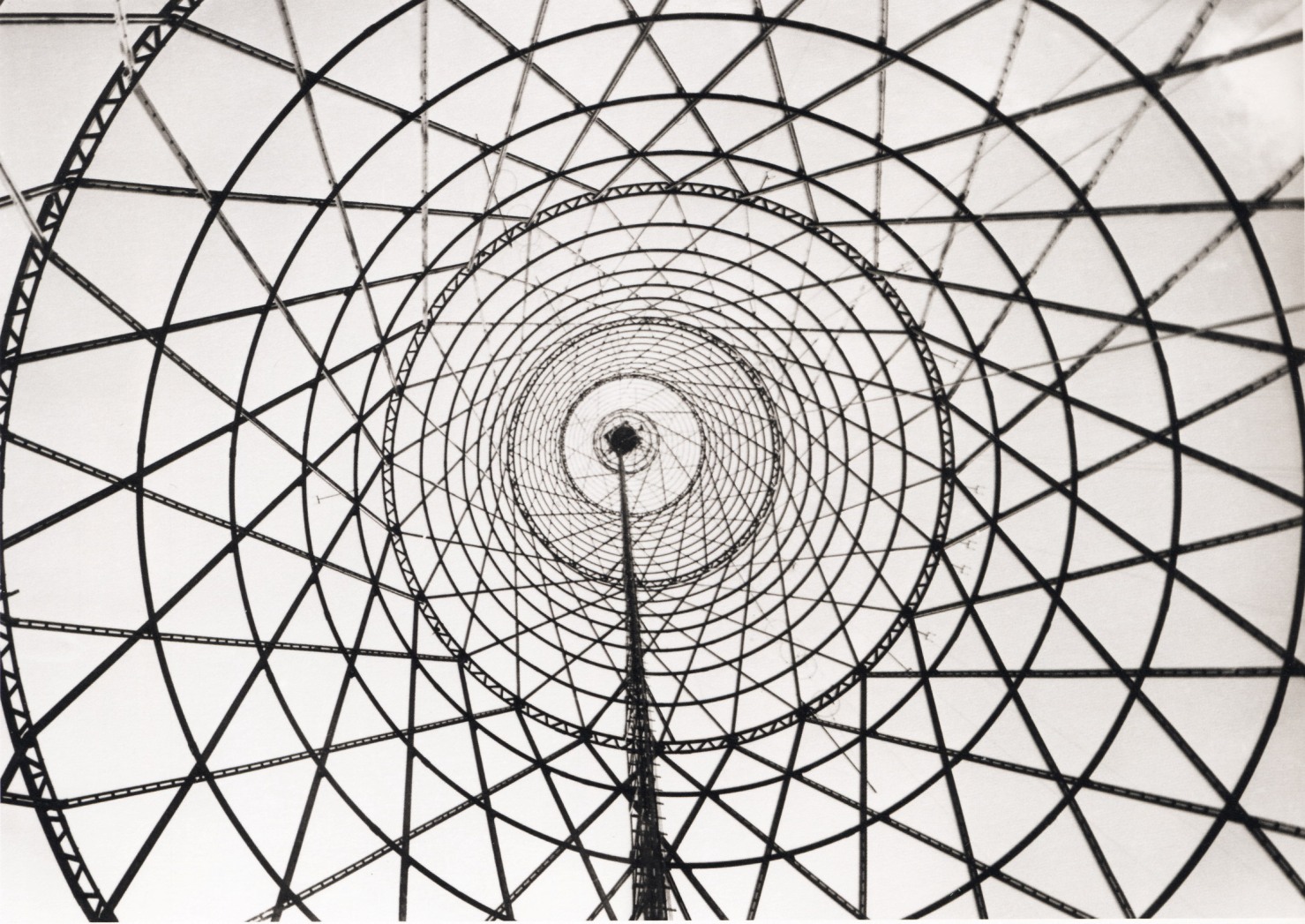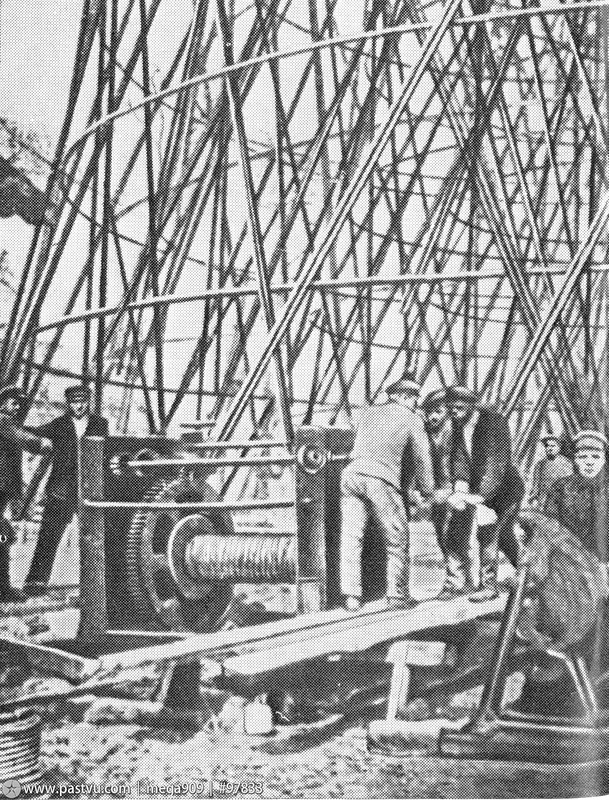Beacon of patriotism

On March 31 the chief architect of Moscow, Sergey Kuznetsov took part in the “Observer” program dedicated to the Shukhov Tower on the Culture channel. As a representative of the professional community, he clearly expressed that the tower is very important for Moscow and for the country, and the question of its fate requires careful and unhurried examination.

“No one doubts the uniqueness of the tower”
As explained by Sergey Kuznetsov, we live in an era of globalization, which includes architecture. Everything becomes similar to each other, and many cities of the world face the problem of finding an identity. Therefore, to protect, preserve and develop what is unique to us — this is important for both Moscow and for the country.
It is avant-garde architecture, and this certainly is part of its uniqueness. Sergey Kuznetsov described the tower as of “unparalleled height.” It really was the tallest structure in the capital until the 60s, but it’s not even that. “We have not only the Bolshoi Theater with Russian ballet and the victory in the Great Patriotic War,” said Kuznetsov. Russia in this regard is lucky — we have a lot of potential “beacons of patriotism,” which can be cultivated. And the Russian avant-garde represented by the Shukhov Tower, in the opinion of the chief architect, could take a rightful place in its ranks.
Alexandra Selivanova, director of the Avant-Garde Center at the Jewish Museum, noted that Shabolovka in this sense really is a “concentration of the avant-garde,” the only place in Moscow where such a number of buildings were built in the 20-30s. “If you draw a circle around Shukhov Tower with a diameter of a 10 minute walk, you can count 76 buildings from the 20-30s era, and 21 of them are monuments,” commented Selivanova. All of them perfectly illustrate the development of Soviet avant-garde and constructivist architecture.

The other panelist, Anna Bronovitskaya, Associate Professor at the Moscow Architectural Institute, focused attention on the uniqueness of the design itself invented by the ingenious engineer: “Vladimir Shukhov invented pipelines, invented oil-loading tanks, and he figured out how to make a structure of 150 m in height, using a minimum of metal. Compared with the Eiffel Tower, the metal in the Shukhov Tower of the same height is 3 times less!”
The architecture historian also noted that the Shukhov structure is also very “Moscow” in its proportions reminiscent of the tiers of the capital’s bell towers, which were many in number in those years in Moscow. And despite it being avant-garde and progressive, the tower organically entered into the roll call with them.
“The main problem is the lack of a clear plan”
Sergey Kuznetsov thinks that today’s problems are arising due to the fact that so far there is only a budget to dismantle but a clear plan of work is completely absent.
“I believe that the question of dismantling — to dismantle or not — is a question of engineering expertise. I do not have the necessary data to make a judgment on this,” said the chief architect. However, the approach, when it is unclear who is responsible for what, this is definitely alarming. “To preserve is always easier than to first disassemble and then reassemble.”
Kuznetsov gave an example of the situation with the Worker and Kolkhoz Woman monument: “If it is clear how much money it will cost, what specialists will be involved, what and in what time frame it will be implemented, — you get a very different story.”
At the same time, there are also bad examples, like the Voyentorg building and the Moskva Hotel, and we would like to avoid repetition of this. “From the point of view of the cultural layer, which in fact the city usually is fighting for, it is certainly a loss,” he said.

The remaining panelists shared these concerns in a more acute form. “The official wording of ’dismantling, followed by the reconstruction of the building in the same volumes and proportions’ can quite easily mean a plastic replica,” regard Aleksandra Selivanova and Anna Bronovitskaya. In their opinion, the idea that the tower can be so simply assembled and disassembled is an illusion.
“The law on the protection of cultural heritage in no way implies the possibility of dismantling and transporting monuments. This is possible only in cases of natural disasters,” commented Bronovitskaya. “And here in the role of a natural disaster is the Ministry of Communications.”
“There must be analytics and an unhurried dialogue”
Alexandra Selivanova added that it is necessary to conduct a comprehensive examination. According to preliminary assessments, which the initiative group managed to compile from experts, “if the tower is disassembled, then to reassemble it again would be impossible.” Furthermore, the condition of the structure is not such an emergency as the federal authorities are trying to present, it won’t fall on anyone’s head. And there are different and not very expensive methods of restoration.
It also remains unknown to the public the fact why the examination by the Ministry of Communications was conducted by specialists in concrete rather than metal.

Sergey Kuznetsov thinks this is connected with the fact that the culture of working with metal has been largely lost and become a thing of the past, that construction ideology was such that it all switched to concrete. “Today we have, for example, the roof of Luzhniki Stadium, made in 1996. From the point of view of engineering and innovation — this is the day before yesterday. Nevertheless, we are preserving the roof of Luzhniki because it has become part of the history of the stadium.”
The Shukhov Tower really is a “clever and artful invention” and a much more cutting edge object. So the fight for it makes even more sense.
At the same time, as Sergey Kuznetsov had stressed in an earlier interview, there has been no appeal to Moscow as the city of the federal government. So he is expressing his opinion as an architect and an individual.
“I am not in favor of protesting and stiring up tension. There should be dialogue and analytics — I’m sure it will be possible without haste to come up with something that would take into account the interests of all parties.”
“Cultural sites and public space are an investment in the urban environment”
According to Sergey Kuznetsov, the idea to expand the center and within this notion the inclusion of new areas — this is a very important matter for Moscow. “The experience of the city center is not possible without an experience of the cultural layer,” he stressed. Heritage sites — this is how the “center” differs from the “not center” and this makes visitors spend more than one or two days in the city: “to be interested in the urban environment for a long time without the cultural component is becoming harder and harder.” As an example, the chief architect of Moscow mentioned Singapore — a very modern and progressive city, which is successfully being developed and which everyone else tries to equal. However, the lack of cultural layers is the Achilles heel of the city of the future, and the authorities themselves admit this.
“Historical monuments, public spaces and parks, all of this is investment in the urban environment, and for the whole world this is already obvious,” added Sergey Kuznetsov. And Shabalovka as an area is perfect for the development of those functions which the Moscow center still lacks — cultural, scientific, and educational functions.
The are a lot of possible scenarios for the area around the Shukhov Tower. According to Alexandra Selivanova here might be a Museum of Communications, a branch of the Polytechnic Museum. Shabolovka could be a perfect example of a cluster, and it could be built on the theme of the avant-garde, especially considering the presence of other monuments in the immediate vicinity.
She said that the representatives of the Ministry of Communications tower are motivated to relocate the tower to another place by the fact that, allegedly, on the existing area it is impossible to organize public access to the monument. The same public thinks otherwise: next to the tower there is a vacant lot as well as an unfinished construction project from many years ago.
And most importantly, there is an already formed and adequately prepared “community”: “In the process of collecting signatures, we realized that the people who live there — ordinary Muscovites — value monuments of the avant-garde, appreciate their local environment, and for Moscow this is quite a rarity,” explained Selivanova.
In conclusion, Sergey Kuznetsov again appealed not to make hasty decisions (according to official information, the project to dismantle and relocate must be submitted for consideration on May 1), carry out the necessary research and make an informed decision: “It is unlikely to manage this in one month.”
- Tags:
- heritage |
- Shukhov Tower |
- Sergey Kuznetsov



